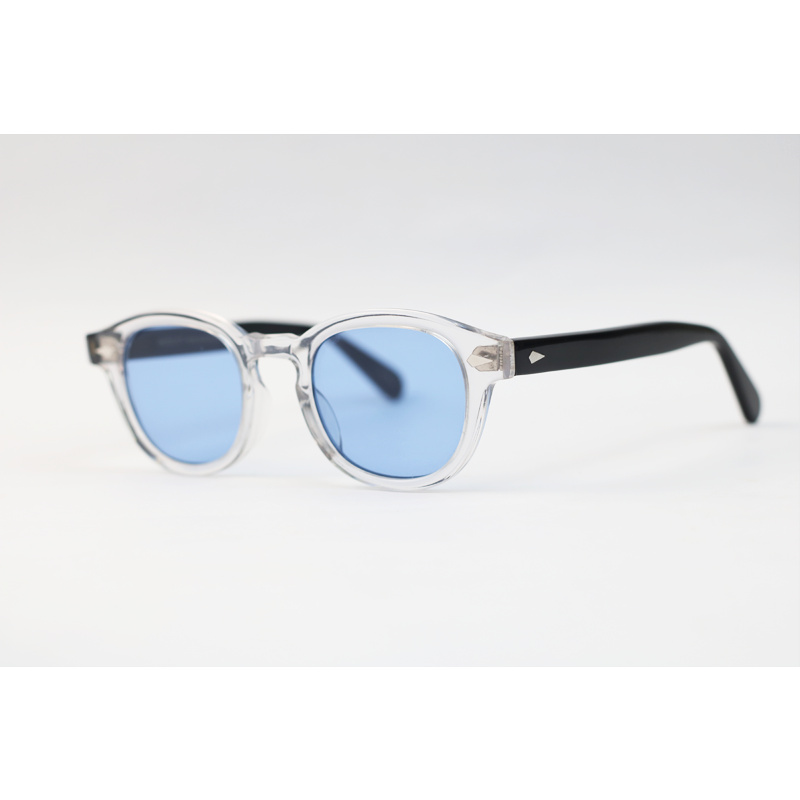Minimally Invasive Rhinoplasty Surgery: Options and Outcomes

Rhinoplasty has long been a popular cosmetic procedure to enhance nasal aesthetics and function. However, traditional rhinoplasty often involves extensive surgery with long recovery times and visible scars, which can be intimidating for many patients. In contrast, minimally invasive rhinoplasty surgery offers a gentler approach with less tissue trauma, faster healing, and natural-looking results. This blog explores the various techniques, benefits, and outcomes of minimally invasive rhinoplasty, focusing especially on advancements and availability in Riyadh.
What is Minimally Invasive Rhinoplasty?
Minimally invasive rhinoplasty surgery is a refined approach to nasal reshaping that minimizes disruption to surrounding tissues. Instead of large incisions and extensive bone and cartilage manipulation, surgeons use smaller, hidden incisions, precise instruments, and sometimes advanced technologies like endoscopy or ultrasonic tools. This technique aims to correct nasal imperfections while preserving nasal structure and reducing postoperative swelling and bruising.
The appeal of Rhinoplasty surgery in Riyadh lies in its access to such cutting-edge minimally invasive techniques performed by skilled surgeons who prioritize both aesthetic and functional outcomes. Patients in Riyadh can expect personalized care with a focus on subtle, harmonious improvements and speedy recovery.
The Principles of Minimally Invasive Approach
- Minimal and hidden incision lines to avoid visible scarring
- Reduced tissue injury through gentle dissection and careful handling of skin, cartilage, and bone
- Use of endoscopic visualization to perform precise adjustments through small tunnels
- Adoption of advanced instruments such as ultrasonic bone-cutting devices and fine drills
- Preservation of nasal support structures to maintain natural nose function and appearance
Common Minimally Invasive Rhinoplasty Techniques
Several techniques fall under the minimally invasive umbrella, each tailored to different patient needs:
Closed Rhinoplasty
Performed through incisions hidden inside the nostrils, closed rhinoplasty avoids external scars. Fine instruments are used to reshape the nasal bones and cartilage. This method generally results in less swelling and quicker recovery and suits patients needing moderate nasal refinements.
Ultrasonic Rhinoplasty
This newer technique uses ultrasonic waves to gently sculpt nasal bones and cartilage. Unlike traditional mechanical scalpels and drills, ultrasonic devices cause less trauma to surrounding tissues, which means reduced bleeding and bruising and a faster healing process.
Nonsurgical Rhinoplasty
An injectable option that uses dermal fillers, botulinum toxin, or threads to reshape the nose without surgery. While results are temporary, nonsurgical rhinoplasty is ideal for patients seeking subtle contouring, nasal tip lifts, or nostril flare reduction without downtime.
Endoscopic-Assisted Rhinoplasty
Using a tiny camera, surgeons can navigate small internal incisions to perform highly precise corrections while minimizing skin undermining. This technique enhances visualization and accuracy with less invasive manipulation.
Advantages of Minimally Invasive Rhinoplasty Surgery
Minimally invasive approaches provide several key benefits compared to traditional rhinoplasty:
- Reduced swelling and bruising due to careful tissue handling
- Shorter recovery time, allowing patients to resume regular activities faster
- Minimal or no visible scars, boosting patient confidence
- Preserved nasal function, preventing breathing difficulties post-surgery
- Immediate breathing improvement in many cases, especially when septal correction is included
- Natural-looking results with subtle refinements that enhance facial harmony
In Riyadh, these advantages are significant because of the city’s growing reputation for high-quality cosmetic surgery and patient-centered care focusing on refined aesthetics and rapid recovery.
What to Expect During the Procedure
When considering Rhinoplasty surgery in Riyadh, understanding the procedural steps can ease anxiety and help set realistic expectations.
Consultation and Assessment
Surgeons assess nasal anatomy, skin thickness, cartilage strength, and airway function. They discuss goals, surgical options, and potential outcomes, ensuring a clear, customized treatment plan.
Surgical Day
Under local or general anesthesia, hidden incisions are made. Using minimally invasive instruments or ultrasonic devices, the surgeon carefully reshapes the nose’s bone and cartilage structures as planned.
Immediate Postoperative Period
Thanks to small incisions and less tissue trauma, swelling and bruising are minimal. Patients typically avoid nasal packing and may use hollow plastic splints that aid breathing during recovery.
Recovery and Results
Patients often return to routine activities sooner than traditional rhinoplasty. Final results develop over several months as swelling subsides and tissues settle, revealing balanced nasal contours that complement the face naturally.
Potential Outcomes and Patient Satisfaction
Studies and patient reports highlight high satisfaction rates with minimally invasive rhinoplasty due to its combination of safety, comfort, and aesthetic results. The procedure can correct:
- Nasal humps and irregularities
- Drooping nasal tips
- Wide or flared nostrils
- Deviated septum causing breathing issues
Moreover, patients appreciate less noticeable scars and quicker healing, which contribute to an overall positive experience.
Considerations and Limitations
While minimally invasive rhinoplasty offers numerous benefits, it may not be suitable for all patients. Candidates requiring extensive nasal reconstruction or major reshaping might need traditional open rhinoplasty. Thorough consultation with a skilled surgeon is vital to determine the best approach based on individual anatomy and goals.
Final Thoughts
For those seeking subtle yet impactful nasal enhancement, Rhinoplasty surgery in Riyadh using minimally invasive techniques represents a promising choice. Cutting-edge technologies and expert surgeons enable safe, precise, and aesthetically pleasing results with a lighter surgical footprint. Whether you desire to improve appearance or nasal function, minimally invasive rhinoplasty offers a modern, patient-friendly solution worth considering




